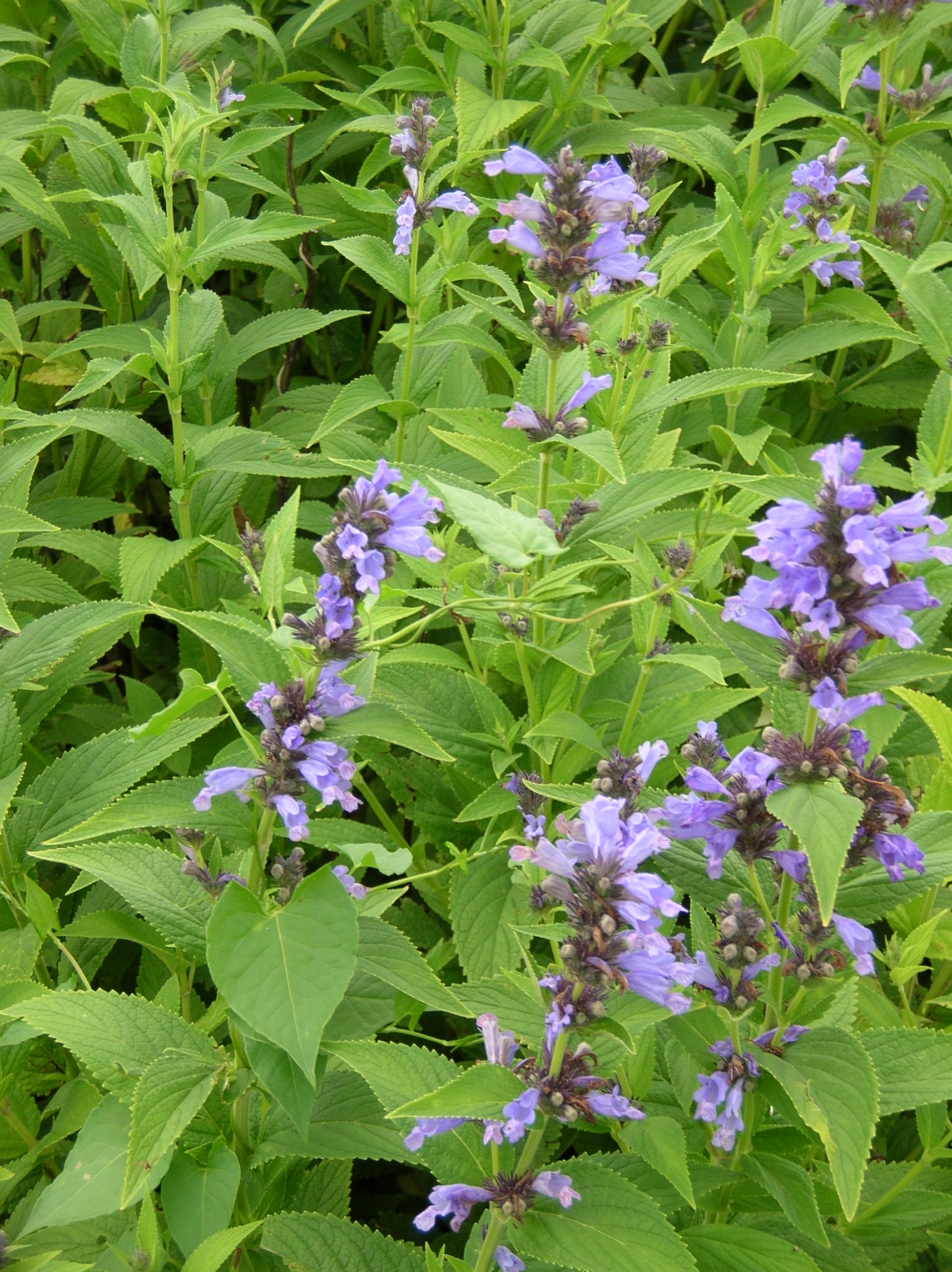Description
Showy bluish purple spikes of bell-shaped flowers, June-September
Showy bluish purple spikes of bell-shaped flowers, June-September
Showy bluish purple spikes of bell-shaped flowers, June-September
Powder-blue flowers of terminal clusters in early summer; feathery, thin,”threadleaf” foliage turns caution-sign yellow in fall.
Size: 2-3’ x 2-3’
Care: sun to part shade in moist well-drained soil
Native: Central-So, US
Wildlife Value: attracts butterflies & bees
Awards: Plant of Merit, Pennsylvania Horticultural Society Gold Medal
Collected in 1940 in Yell County Arkansas along a stream 3 miles west of Birta.
Soft, majestic purple-magenta thistles on prickly silver foliage and stems.
Can not ship to: Arizona, Arkansas, Colorado, Connecticut, Idaho, Missouri, Nebraska, Nevada, New Mexico, North Dakota, Oklahoma, Oregon, South Dakota, Texas, Utah, Washington and Wyoming.
Size: 4-6’ x 2”
Care: full sun in moist, well-drained soil
Native: Europe and western Asia
Wildlife Value: Bees, butterflies and birds
Identified by Dioscorides in De Materia Medica for medicinal use around 70 A.D. Chosen as the symbol of Scotland by King James V. According to legend the Scotch thistle helped Scotland fend off a night-time Viking invasion by preventing a sneak attack. It caused the Vikings to scream in pain waking the Scots. Introduced to American gardens in late 1800’s.
Profusion of small classic daisies May-July atop fragrant silver foliage. Cut back for rebloom. Let the seeds drop for more plants next year. If you cut them back after the 1st flowering they will rebloom for most of the summer and fall.
Size: 2’ x 3’
Care: sun in moist well drained soil
Native: central & southern Europe
Named by Carl Heinrich Schultz (1805-1867)
OUT OF STOCK
Wine-red petals of bell-shape with yellow centers flowers in early spring. Fun, furry foliage and Medusa-like seed heads.
Size: 12-20” x 4-8”
Care: sun in well-drained to moist well-drained soil
Native: Europe
Wildlife Value: Deer resistant, early pollen source for bees.
Called Pasqueflower because it blooms at Easter time. Variety rubra considered a separate species, not a variety, by Caspar Bauhin in Theatri botanici, 1671. Illustrated in Gerard’s Herball, 1636.

